Can I use Edge Banding Strip on MDF?
Edge banding strip is an important tool in the woodworking and furniture making industries, used to cover and protect the edges of a variety of materials, including medium-density fiberboard (MDF). These edge bands not only enhance the aesthetics of your furniture, but also provide durability and protection from wear and tear. Whether you are a professional furniture maker or a DIY enthusiast, understanding the versatility and application methods of edge banding can significantly improve the quality of your project.

Edge banding strip works very well on MDF. MDF is a popular material in furniture making due to its smooth surface and affordability. However, the edges of MDF can be rough and unsightly. This is where edge banding comes in. They can transform the look of MDF furniture, providing a polished and finished edge. Edge banding strip is available in a variety of materials, including PVC, ABS and veneer, offering a wide range of colors and textures to suit your design needs.
Do I need to sand before applying edge banding strip?
Preparation is key to achieving a seamless and professional finish when applying edge banding strip. It is recommended to sand the edges of the MDF before applying edge banding. Sanding helps remove any roughness or irregularities on the edge and provides a smooth surface for the edge banding to adhere to. Use fine sandpaper of around 180 grit to lightly sand the edges. This step will help the edge banding adhere better and provide a more even finish.
Can I seal the edges of the MDF with PVA?
Sealing the edges of the MDF with PVA (polyvinyl butyral) glue is a common practice to prevent moisture absorption and provide a smoother surface for the edge banding strip. PVA glue creates a barrier that helps seal the porous MDF, reducing the risk of warping or damage caused by moisture. To seal the edges of the MDF with PVA glue, apply a thin layer of glue to the edge and allow it to dry completely before proceeding with the edge banding process. This step is especially important if you are working in a humid environment or if the furniture will be exposed to moisture.
How do I attach the edge banding strip?
Attaching edge banding strip to the MDF can be achieved in a variety of ways, depending on the type of edge banding you choose and the tools you have. The most common methods include:
- Hot melt adhesive: This is the most popular method for applying edge banding strip. Hot melt adhesive provides a strong bond and is very convenient to use with a hot melt glue gun or edge banding machine. Apply glue to the back of the edge banding and press it firmly onto the MDF edge. Use a roller or clean cloth to apply even pressure to the edge banding strip to ensure it adheres properly.
- Iron-on edge banding: Some edge bandings come with heat-activated adhesive. These can be applied with a household iron or heat gun. Position the edge banding strip over the MDF edge, apply heat evenly along the edge banding, and press it firmly down. This method is particularly useful for DIY projects and small furniture.
- Edge banding machines: For larger projects or professional use, edge banding machines are the most effective choice. These machines apply heat and pressure to the edge banding, ensuring a consistent and high-quality finish. They are suitable for large-scale production and provide precise control over the application process.

How do I make MDF edges smooth?
Achieving smooth MDF edges requires a combination of proper preparation and application techniques. Here are some steps to ensure a smooth and professional finish:
- Sanding: As mentioned earlier, sand the edges of the MDF to remove any rough spots and create a smooth surface.
- Seal: Seal the edges with PVA glue to prevent moisture absorption.
- Edge banding strip Application: Use the proper method to apply the edgebanding. Make sure the edgebanding is properly aligned and apply even pressure during the adhesion process.
- Trimming and Sanding: After applying the edgebanding, use a sharp utility knife or trimming tool to trim excess material. Lightly sand the edges of the edgebanding so that it blends seamlessly with the MDF surface.
- Final Touches: Use fine sandpaper to sand any rough areas, then wipe the surface with a damp cloth to remove any dust or residue.

How Much Thickness Does Edgebanding Add?
The thickness added by edgebanding can vary depending on the material and specific product you choose. Typically, edge banding strip thicknesses range from 0.4 mm to 3 mm. The most common thicknesses used in MDF applications are 0.8 mm and 1 mm. These thicknesses offer a good balance between durability and a seamless look. When choosing edgebanding, consider which thickness will work best for your project and will complement the overall design of your furniture.
How do I join MDF seamlessly?
Joining MDF sheets seamlessly can be challenging, but with the right techniques and tools, it is achievable. Here are some tips for joining
MDF edges seamlessly:
- Edgebanding: Applying edge banding strip to the edges of the MDF sheets before joining them together can help create a seamless look. This method not only protects the edges but also provides a smooth surface for joining.
- Edge molding: Use an edge molding tool to create matching profiles on the edges of the MDF sheets. This ensures that the edges of the sheets will fit together perfectly, reducing visible gaps.
- Glue and clamps: Apply strong wood glue to the edges and use clamps to hold the sheets together until the glue dries. Make sure the edges are properly aligned and wipe off any excess glue immediately to avoid leaving any visible residue.
- Sanding: After the glue has dried, sand the joining area to remove any roughness and ensure a smooth, seamless finish.
Can I paint over edgebanding?
Yes, you can paint over edgebanding, but it is not usually recommended. Edge banding strip already comes in a wide range of colors and textures to suit your design needs. Painting over edgebanding can be challenging as paint may not adhere well to the surface and it can be difficult to achieve an even color. If you require a specific color or finish, choose the edgebanding that most closely matches the desired look.
Do I need to seal the edges of my MDF?
Sealing the edge banding strip of MDF is highly recommended, especially if the furniture will be exposed to moisture or you are working in a humid environment. MDF is a porous material that absorbs moisture easily, which can cause warping, swelling, or damage over time. Sealing the edges with PVA glue or a specialized edge sealing product will help prevent moisture absorption and extend the life of the furniture. Additionally, sealing the edges provides a smoother surface for edgebanding application, ensuring better adhesion and a more professional finish.
Can I stain edgebanding before application?
Staining edgebanding before application is not common. edge banding strip is usually available in a variety of colors and textures, so staining is not usually necessary. However, if you need a specific color and it is not readily available, you may consider staining the edgebanding. Use a high-quality wood stain and apply it evenly to the edgebanding. Allow the stain to dry completely before attaching to the edge of the MDF. Note that staining may affect the adhesion of the edgebanding, so it is important to test it on a small area before using it on a larger area.
Which material is better for painting, MDF or plywood?
When it comes to painting, both MDF and plywood have their own pros and cons. MDF is known for its smooth surface and affordability, making it a great choice for painting. MDF’s smooth surface provides an even base for paint to achieve a professional, polished finish. However, MDF absorbs moisture more easily, so it is important to seal edges and surfaces before painting.
Plywood is a more durable and moisture-resistant material. It is less likely to warp or swell due to exposure to moisture, making it a better choice for furniture used in humid environments. However, plywood has a rougher surface and may require additional sanding and preparation to achieve a smooth finish. In addition, plywood is generally more expensive than MDF.
Ultimately, choosing between MDF and plywood depends on your specific project needs, budget, and the environment in which the furniture will be used. If you need a smooth surface and affordability, MDF is a good choice. If you need a more durable and moisture-resistant material, plywood may be a better choice.
How do I join MDF edges together?
Joining MDF edges together can be achieved in a variety of ways, depending on the tools and materials you have. Here are some common MDF edge joining methods:
- Edge banding: Applying edge banding to the edges of the MDF sheets before joining them together helps create a seamless look. This method not only protects the edges but also provides a smooth surface for joining.
- Edge molding: Use an edge molding tool to create matching profiles on the edges of the MDF sheets. This ensures that the edges of the sheets will fit together perfectly, reducing visible gaps.
- Glue and clamps: Apply strong wood glue to the edges and use clamps to hold the sheets together until the glue dries. Make sure the edges are properly aligned and wipe off any excess glue immediately to avoid leaving any visible residue.
- Sanding: After the glue has dried, sand the joint area to remove any roughness and ensure a smooth, seamless finish.

Can I use a regular iron to band edges?
Yes, you can use a regular iron to band edges, but there are some important considerations. Using a household iron is a common way to apply heat-activated edgebanding, especially for DIY projects and small furniture. Here are some tips for banding edges with a regular iron:
Temperature setting: Make sure your iron is set to the correct temperature required for the edgebanding. Most heat-activated edgebanding requires a temperature range of 120°C to 150°C (248°F to 302°F). Check the manufacturer’s instructions for specific temperature requirements.
Protective layer: Place a thin layer of baking paper or clean cloth between the iron and the edgebanding to prevent the edgebanding from sticking to the iron. This protective layer also helps to transfer heat evenly.
Uniform pressure: Apply even pressure along the edgebanding as you move the iron. This ensures that the adhesive activates evenly and that the edgebanding adheres smoothly to the MDF edge.
Cooling and Fixing: After applying the edgebanding, allow it to cool and fix for a few minutes. You can then use a clean cloth or roller to apply additional pressure to the edgebanding to ensure a secure bond.
Conclusion
Edgebanding is a valuable tool to enhance the appearance and durability of your MDF furniture. By knowing the correct techniques for application, preparation, and maintenance, you can achieve professional and polished results in your woodworking projects. Whether you are a professional furniture maker or a DIY enthusiast, edgebanding offers a wide range of benefits and customization options to meet your specific needs.
Contact Us
Email: emily.gu@asiaedgebanding.com
Tel: +86-15618525178
We look forward to hearing from you and helping you achieve your woodworking goals.






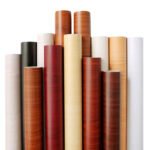



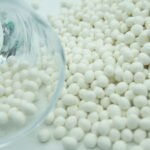




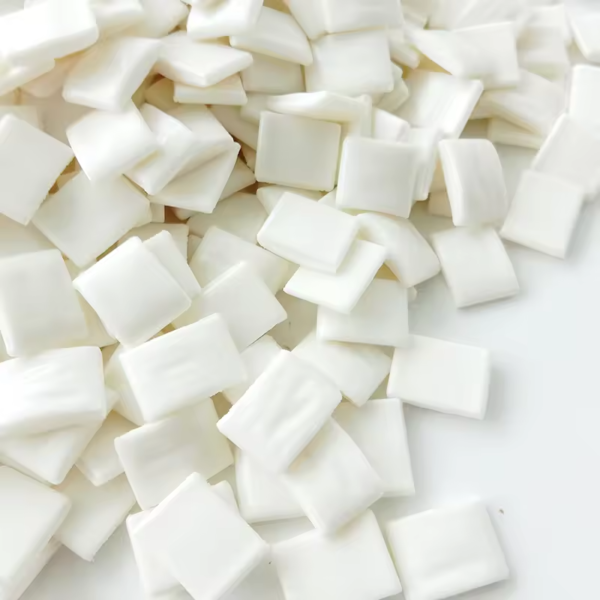

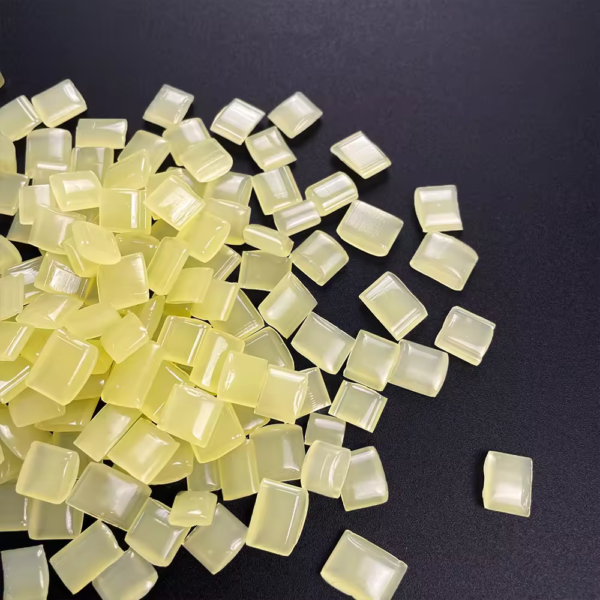

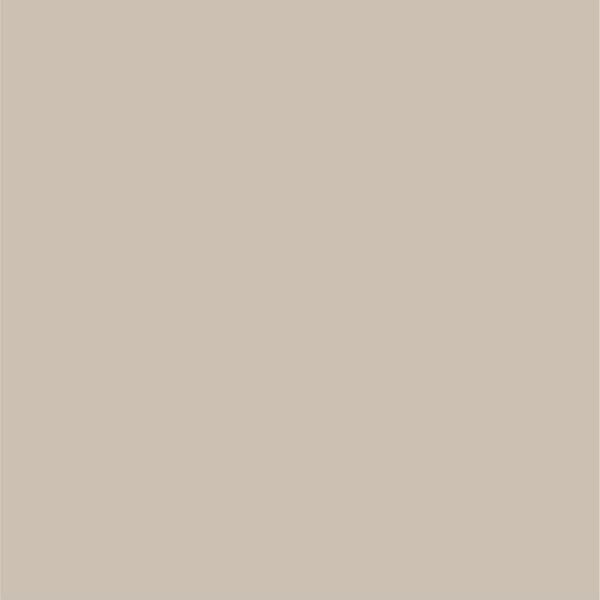
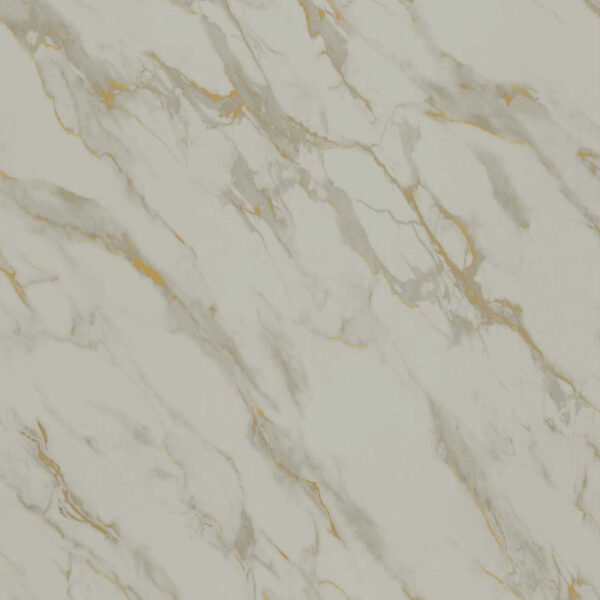

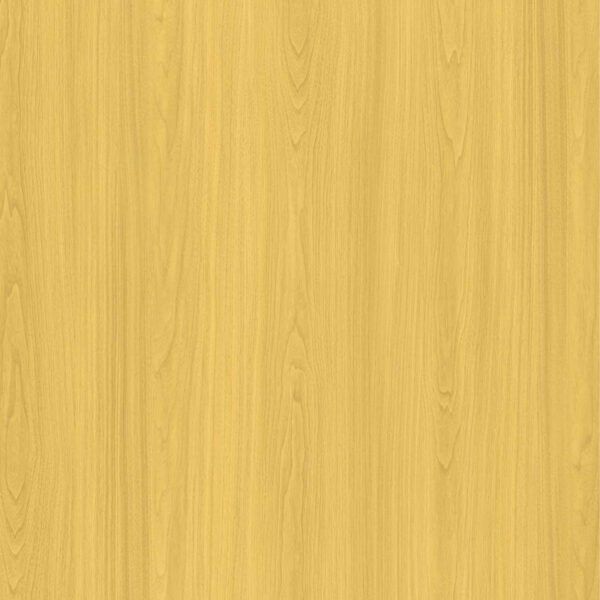


Leave a Reply